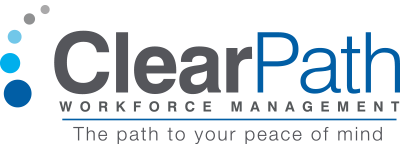Are your employment practices keeping up with the growing list of states and cities that are banning the box? Currently 9 states and 11 US cities already have laws prohibiting employers from asking criminal history and/or previous salary questions during the employment process.
An International Campaign
Ban the Box is the name of an international campaign by civil rights groups and advocates for ex-offenders, aimed at persuading employers to remove from their hiring applications check box that asks if applicants have a criminal record. Its purpose is to enable ex-offenders to display their qualifications in the hiring process before being asked about their criminal records. The premise of the campaign is that anything that makes it harder for ex-offenders to find a job makes it likelier that they will re-offend, which is bad for society.
| Complete list of States: | Complete list of Cities: |
| California | Austin, TX |
| Hawaii | Baltimore, MD |
| Illinois | Chicago, IL |
| Massachusetts | District of Columbia, DC |
| Minnesota | Kansas City, MO |
| New Jersey | Los Angeles, CA |
| Oregon | San Francisco, CA |
| Rhode Island | New York City, NY |
| Vermont | Philadelphia, PA |
| Seattle, WA | |
| Portland, OR |
There are also various county ban-the-box laws around the country that apply to private employers.
Renee Fink, CEO, ClearPath Workforce Management, says,
“It can be difficult for employers to keep up with the Ban the Box laws for companies doing business in multiple states and cities and now have to consider the law and policy of each location, possibly having different processes depending on where they’re located.”
Many ban-the-box policies exempt employers that have 10 employees or less. Critics of ban-the-box measures say the laws raise the stakes for potential litigation and penalties, complicate the hiring process, and erode safety and security.
Previous Salary questions
Not directly tied to the Ban the Box campaign but, similarly, the laws about previous salary questions are changing. Many state and local legislatures are banning employers from asking job candidates about their past pay. Salary negotiations may never be the same. Legislators have been rethinking the prudence of this query, given the role it may play in perpetuating gender and racial disparities in compensation. The gender pay gap remains stubbornly wide, with women earning around 78 cents1 to a man’s dollar. Black and Latina women see the biggest discrepancy, bringing in around 67 cents2 and 55 cents3 respectively for every dollar earned by white men.
ClearPath Workforce Management is keeping pace with all of these employment changes. Let ClearPath assist your organization with contingent worker employment. When ClearPath is your Employer of Record (EOR), we employ your W-2 contingent workers, and take over Human Resources and Payroll functions. We manage all paperwork, including employment agreements, worker eligibility, and statutory enrollment documents. Your organization will realize many benefits, such as:
- Time Savings– Our EOR solution can free up your time for managing your core business and not your contingent workforce
- MoneySavings– ClearPath clients save, on average, 15 – 35% on their payroll costs by switching from a traditional staffing firm to our EOR services
- Quickly ramp up staff– We shorten the time it takes to get your new workers onboard and productive, by handling all the details for you
- Stay compliant with legislation– Local, state, and federal laws can change without warning – we stay up-to-date on legislation so you don’t have to
Work with a leader in the industry for outsourced Human Resources and Payroll functions associated with W-2 contingent workers. Get the benefits of hiring contingent workers without the potential risks. Use our helpful online calculators to determine your potential savings. Let ClearPath be the path to your peace of mind.
Sources:
1DOL Women’s Bureau, https://www.dol.gov/wb/images/EqualPay_infographic_printversion.pdf
2 Institute for Women’s Policy Research, https://edubirdie.org/articles/gender-wage-gap-race-ethnicity/
3 DOL Women’s Bureau,https://www.dol.gov/wb/resources/HispanicWomenWorkers_508_2015.pdf
- Written by: Connie Wendt
- Posted on: May 9, 2018
- Tags: BAN THE BOX, COMPENSATION, CRIMINAL HISTORY, EMPLOYMENT COMPLIANCE, EMPLOYMENT PRACTICES, GENDER PAY GAP, HIRING PROCESS, PREVIOUS SALARY, SALARY NEGOTIATIONS

